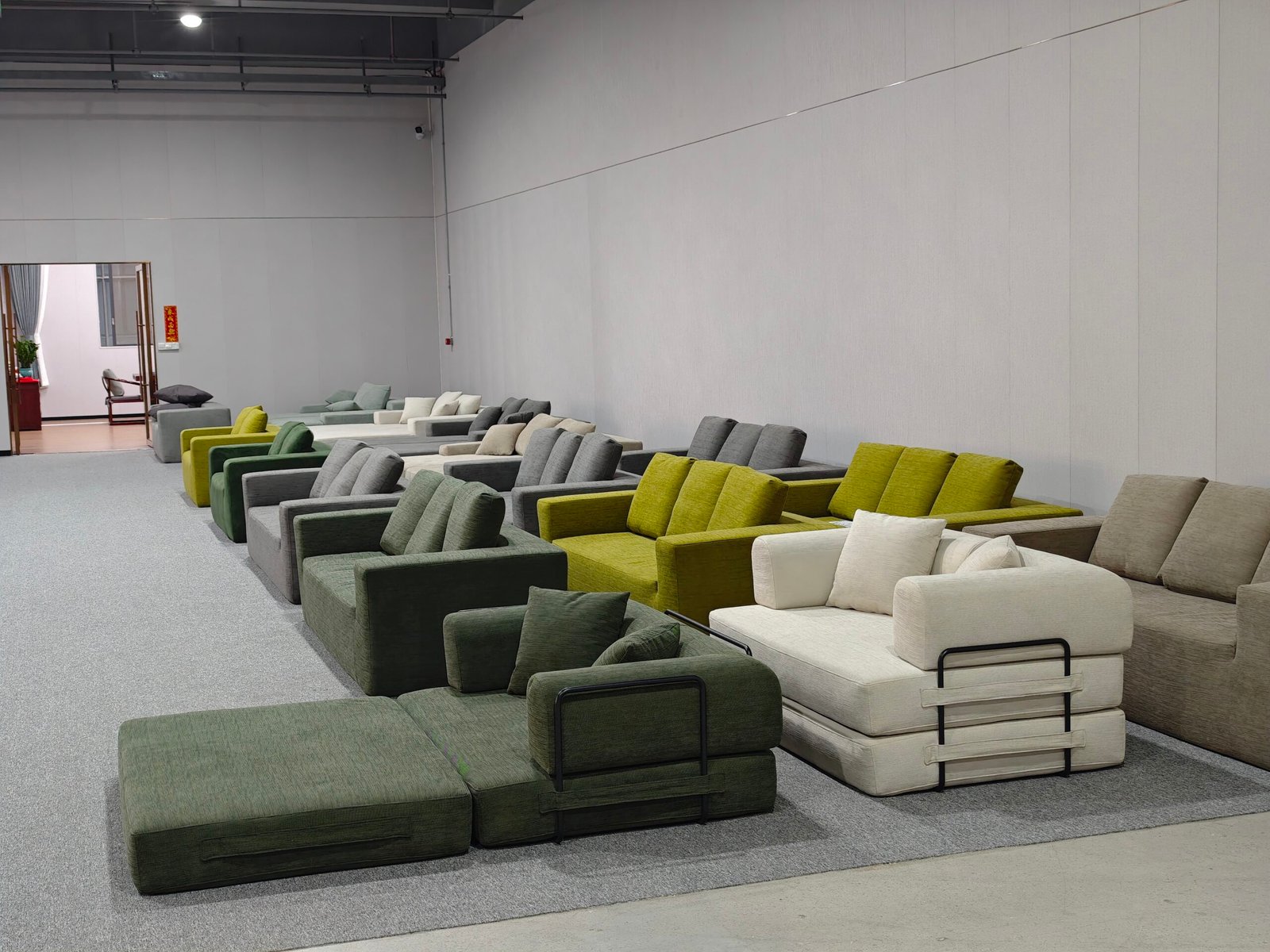
Moisture is the silent killer of every compressed sofa. You might not see the damage until it’s already inside the frame.
The most effective moisture-proof method for compressed sofas is a combination of material selection, environmental control, protective coatings, and routine inspection.
I’ve seen mold destroy sofas that could’ve lasted 10 years—just because someone stored them directly on the ground in a humid garage. Let me show you how I avoid that.
Why do compressed sofas need moisture-proof protection?
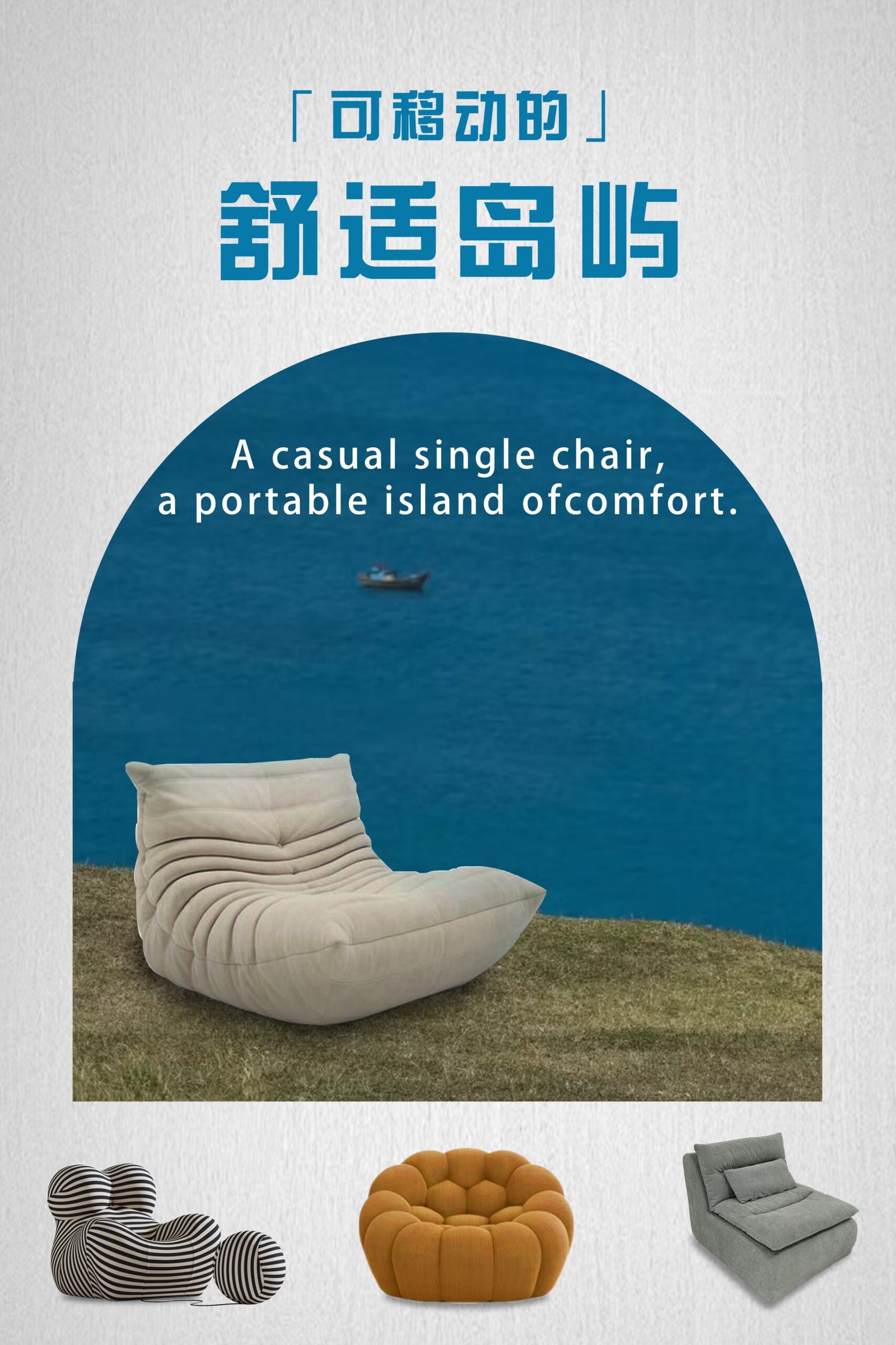
Nobody wants a sofa that smells like a wet basement. Yet, that's exactly what happens when we forget how foam and fabric trap moisture.
Moisture ruins the foam, rots the frame, and turns your stylish sofa into a breeding ground for mold.
Even small amounts of trapped humidity can lead to:
- Mold & mildew growth
- Foul odor that’s hard to remove
- Deformed foam with reduced rebound
- Rusted or weakened support structure
I had to learn this the hard way during a rainy season in Guangzhou.
Common Moisture Damage:
| Problem Type | Cause | Damage Description |
|---|---|---|
| Mold and Mildew | High humidity, poor airflow | Musty smell, black or green spots on fabric |
| Foam Deformation | Water absorption | Foam won’t bounce back, feels sunken |
| Frame Corrosion | Metal contact with moisture | Rust stains, weakening or squeaking |
| Fabric Breakdown | Long-term damp conditions | Sticky touch, discoloration, pilling |
What are the best moisture-resistant materials?
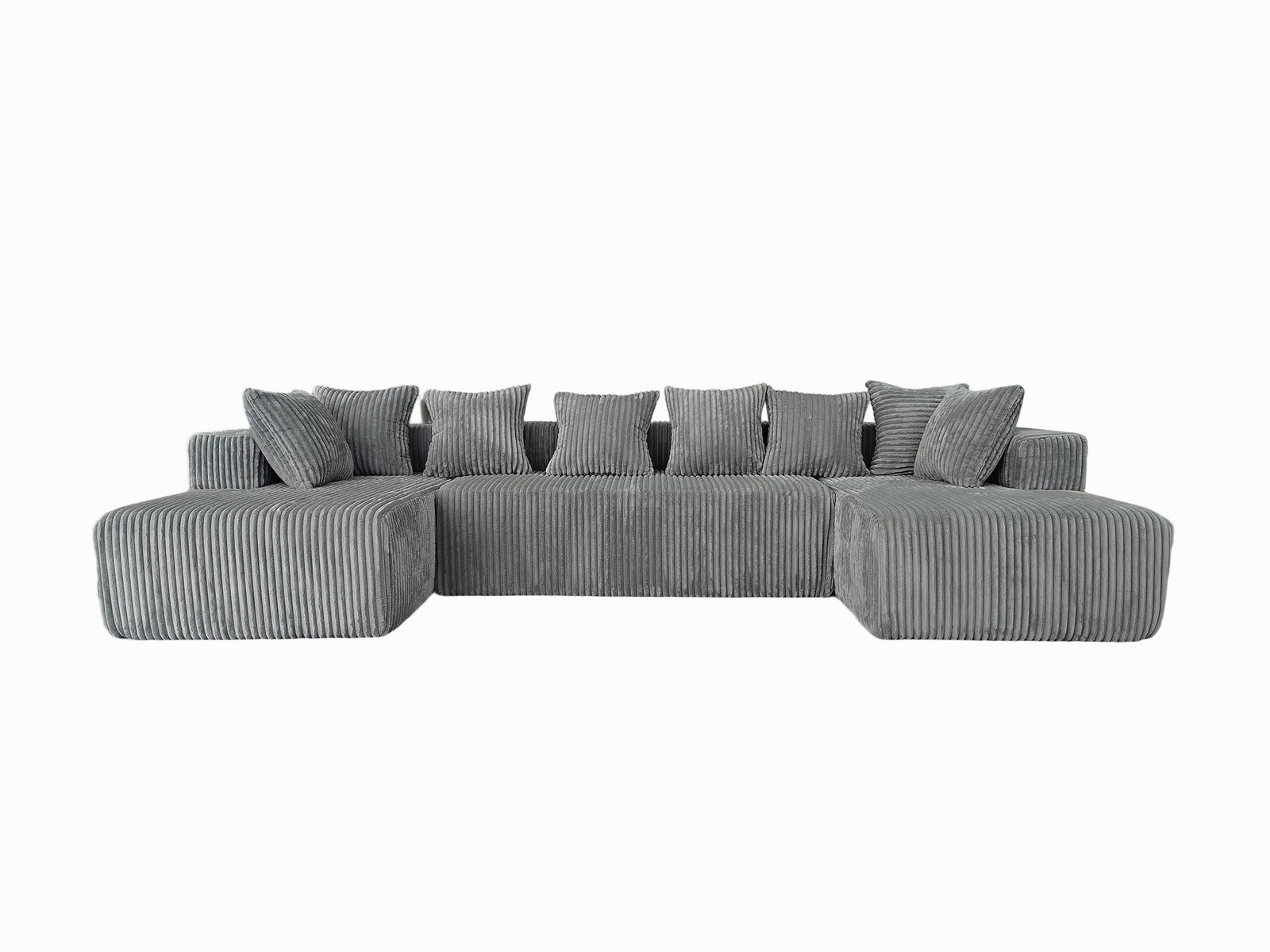
Start from the inside. A moisture-proof sofa begins with the right material.
Choose closed-cell high-density foam, anti-rust metal frames, and synthetic fabrics that resist moisture absorption.
My go-to material choices:
- Frame: Powder-coated steel or kiln-dried treated wood
- Cushions: Closed-cell polyurethane foam or quick-dry memory foam
- Upholstery: Polyester, olefin, or microfiber (not cotton or linen)
- Base layer: Plastic feet or risers to keep the sofa off damp floors
These materials naturally resist mold, don’t soak up humidity, and dry faster if exposed to light moisture.
How do protective coatings help?

Don’t wait until mold appears. I always apply a moisture-proof barrier during assembly or before first use.
Use fabric protectants and frame sealants to create invisible shields against humidity.
Recommended coatings:
| Type | Use Case | Product Example |
|---|---|---|
| Fabric Spray | Upholstery waterproofing | Scotchgard Fabric Protector |
| Wood Sealant | Prevent rot in exposed wood parts | Minwax Polycrylic Sealer |
| Anti-Rust Coating | Metal leg and bracket protection | Rust-Oleum Stops Rust Clear Coat |
Reapply fabric protectants every 3–6 months, especially in tropical or coastal environments.
Where and how should I store a compressed sofa?
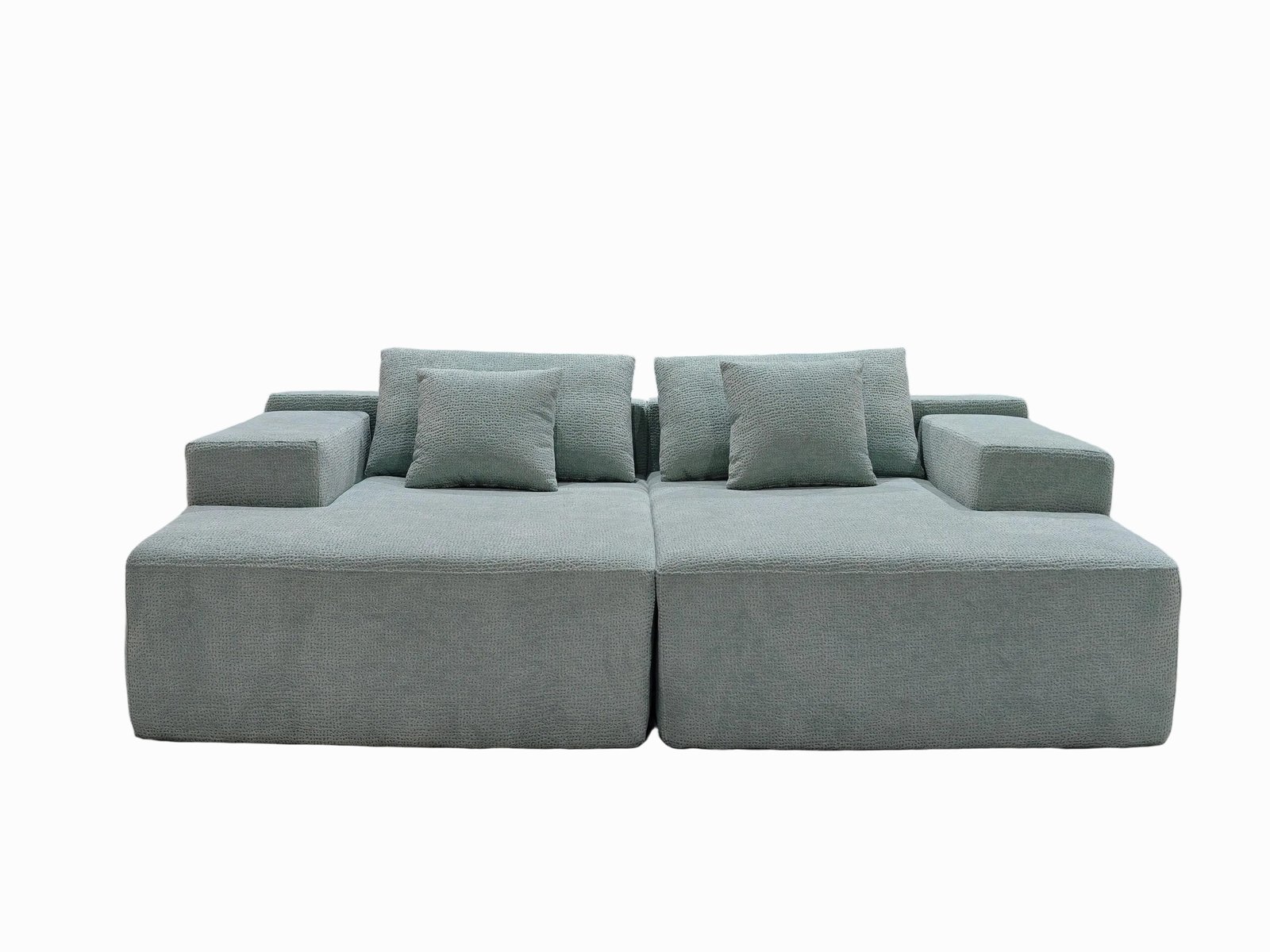
Storage is where most moisture damage begins. I’ve seen brand-new sofas ruined in 30 days because they were stored in a poorly ventilated space.
Always store your compressed sofa in a dry, elevated, and well-ventilated environment.
Sofa Storage Checklist:
- ✅ Off the ground (use plastic pallets or wood risers)
- ✅ In a room with airflow (avoid sealed plastic wrap)
- ✅ No contact with exterior walls (cold spots = condensation)
- ✅ Use a breathable sofa cover (avoid plastic tarps)
- ✅ Add moisture absorbers inside sofa packaging
If you're storing for months, throw in some silica gel packets or activated charcoal bags inside cushion bags.
Should I use dehumidifiers?

Absolutely. Especially if you're in coastal, rainy, or high-altitude regions.
Dehumidifiers keep the room's air dry, reducing the risk of internal moisture buildup.
I use a compact dehumidifier in all sofa storage rooms. Keep relative humidity between 40–55%.
Bonus: Add a hygrometer to monitor humidity daily. They’re cheap but save hundreds in repair costs.
What’s the routine maintenance for moisture-proofing?
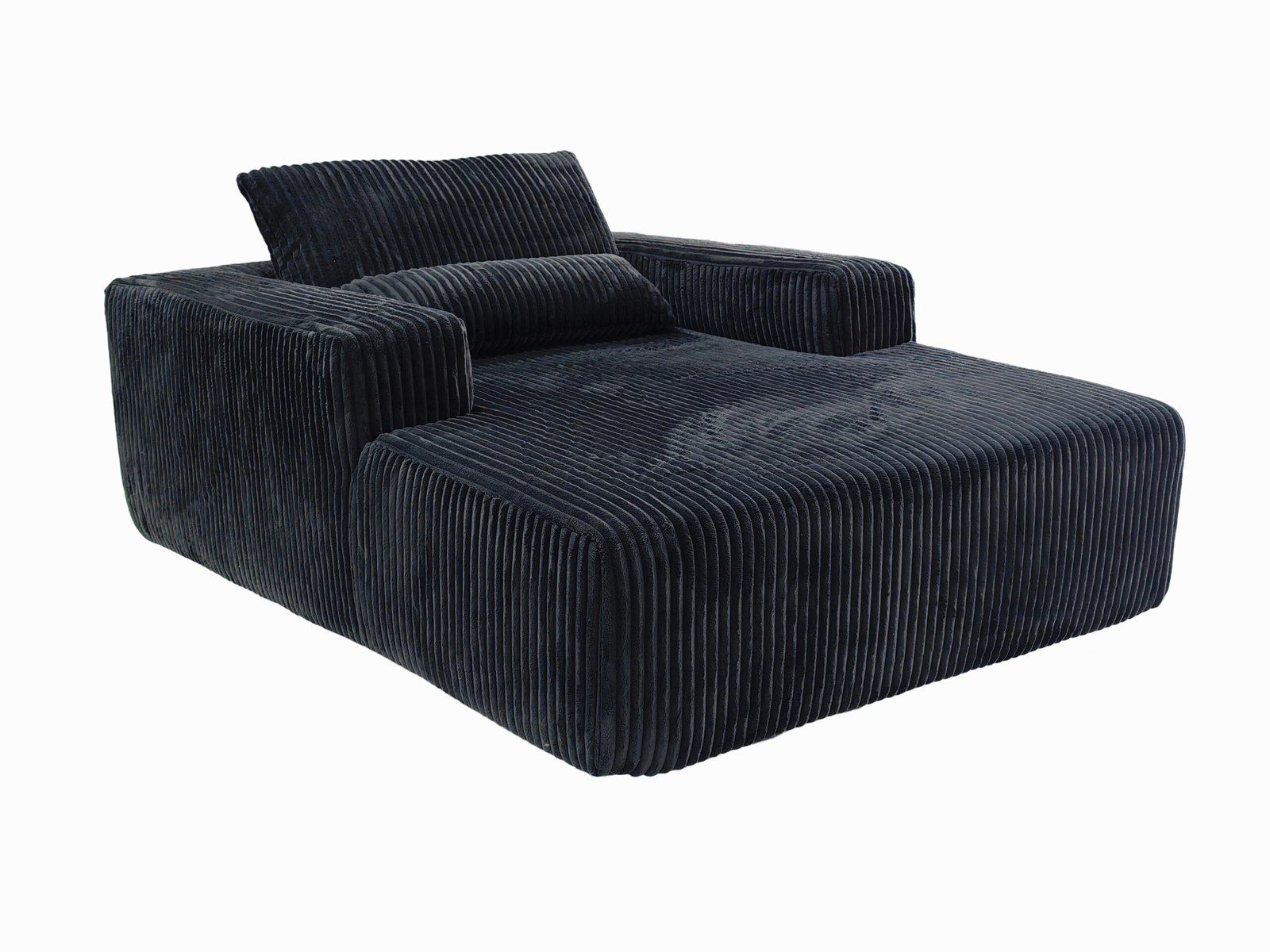
Even with all the right tools, moisture still finds ways to creep in. That’s why I inspect regularly.
Check your sofa every 2–4 weeks for soft spots, musty smells, and visible discoloration.
Here’s what I do monthly:
- Open all cushion covers and inspect foam for sogginess
- Feel frame joints for rust or residue
- Reapply spray to seams if needed
- Replace silica gel or charcoal bags
- Air out the room for a few hours
This routine keeps my compressed sofas fresh—ready to ship, show, or sit on any time.
Conclusion
Moisture-proofing is not one big move—it’s small, simple habits that protect your investment. Choose the right material, keep air flowing, and inspect regularly.
📞 Need moisture-proof guidance or compressed sofa solutions? Contact us:
- Website: www.compressedsofahsm.com
- Phone: +86 18025958116
- Email: qilinmattress@gmail.com